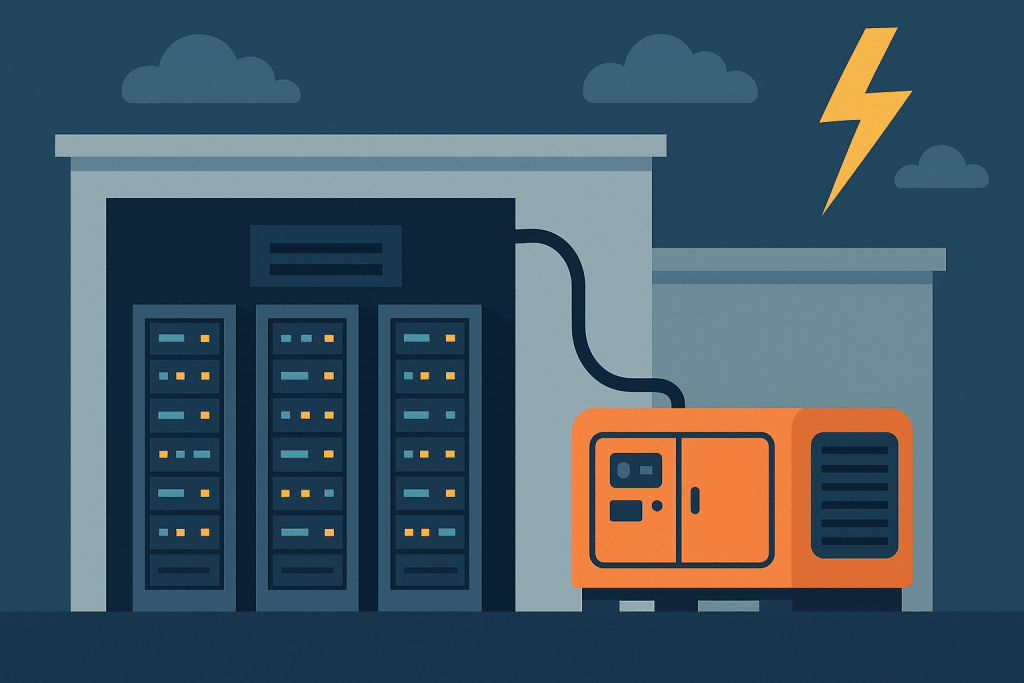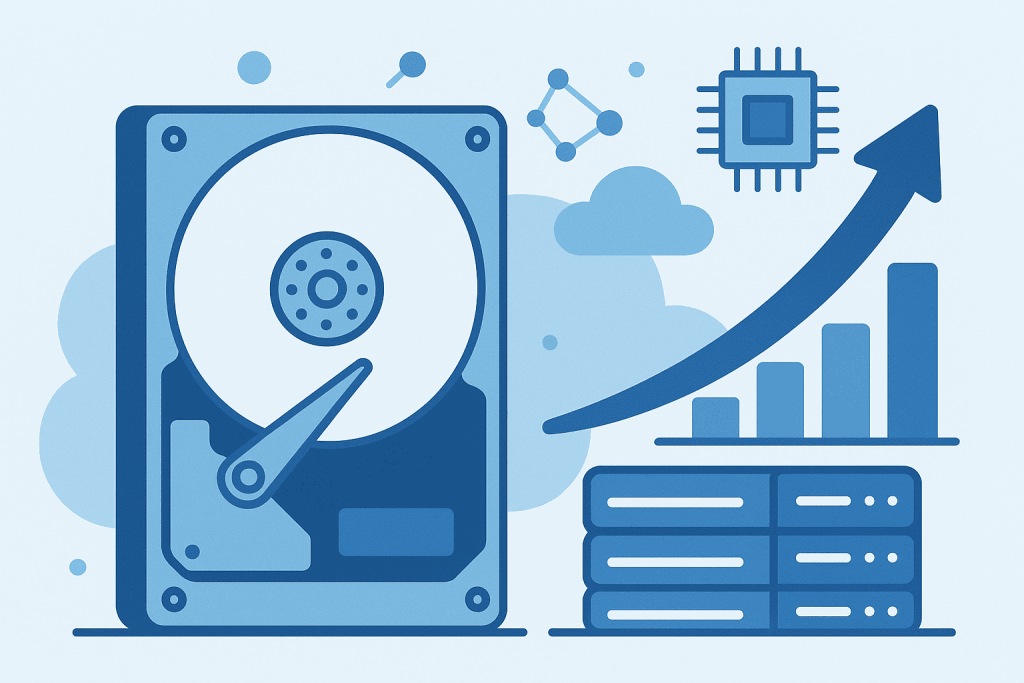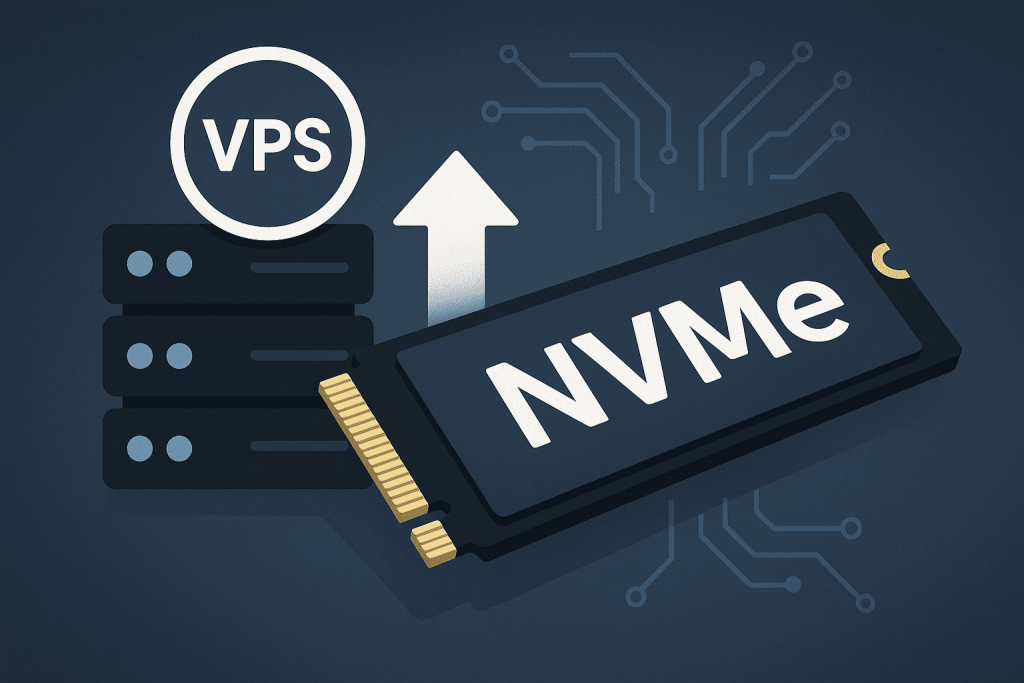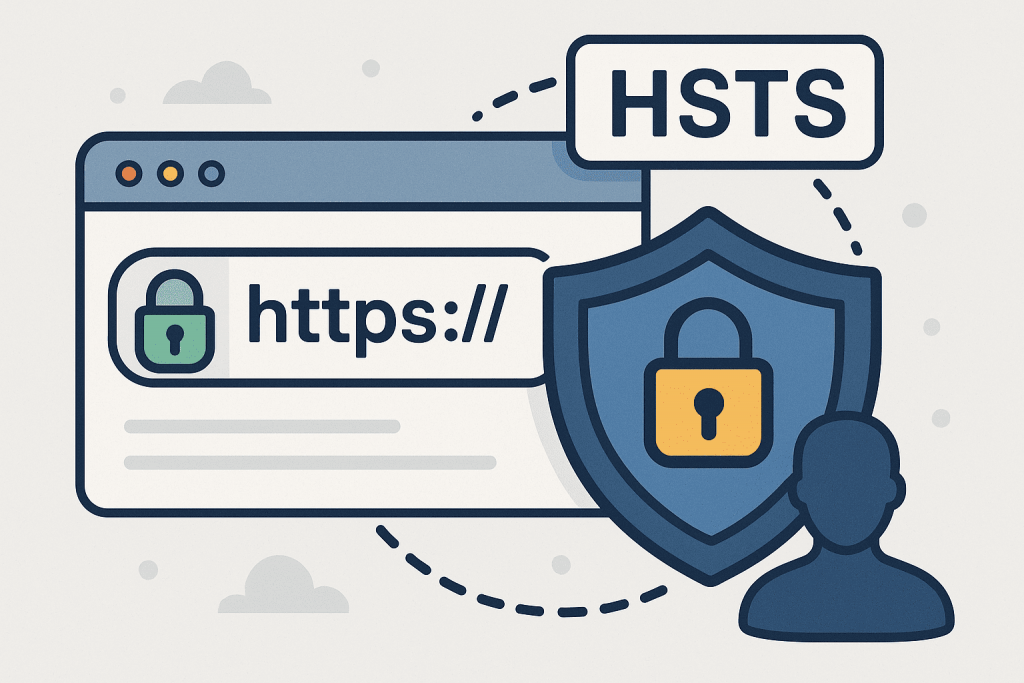
Just a few years ago, artificial intelligence was perceived as an auxiliary tool, something like a voice assistant on a smartphone that could set a timer or answer a simple question. But large language models changed everything. New AI systems emerged that can analyze, summarize, create text, generate ideas, structure knowledge, and help interact with information on a much deeper level. Against this backdrop, a major competition began between Microsoft and Google—two companies striving to shape how we will work with information in the future. Their AI assistants—Copilot and Gemini—are now seen not as optional features but as a new interface layer between humans and computers.









